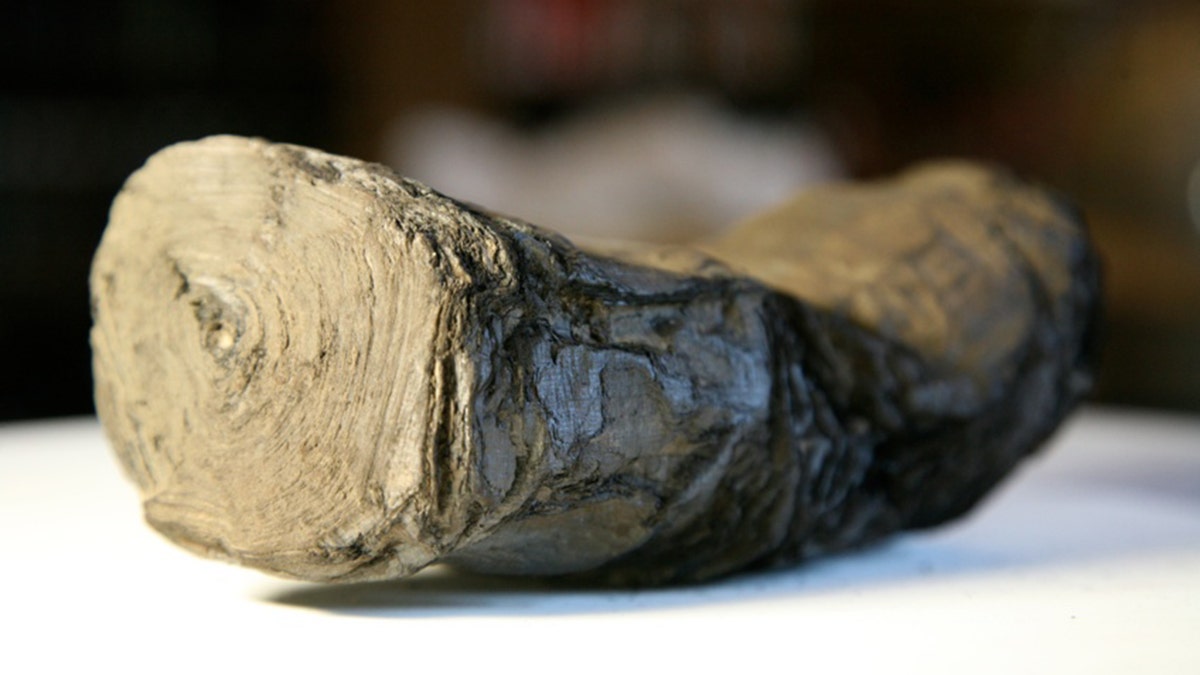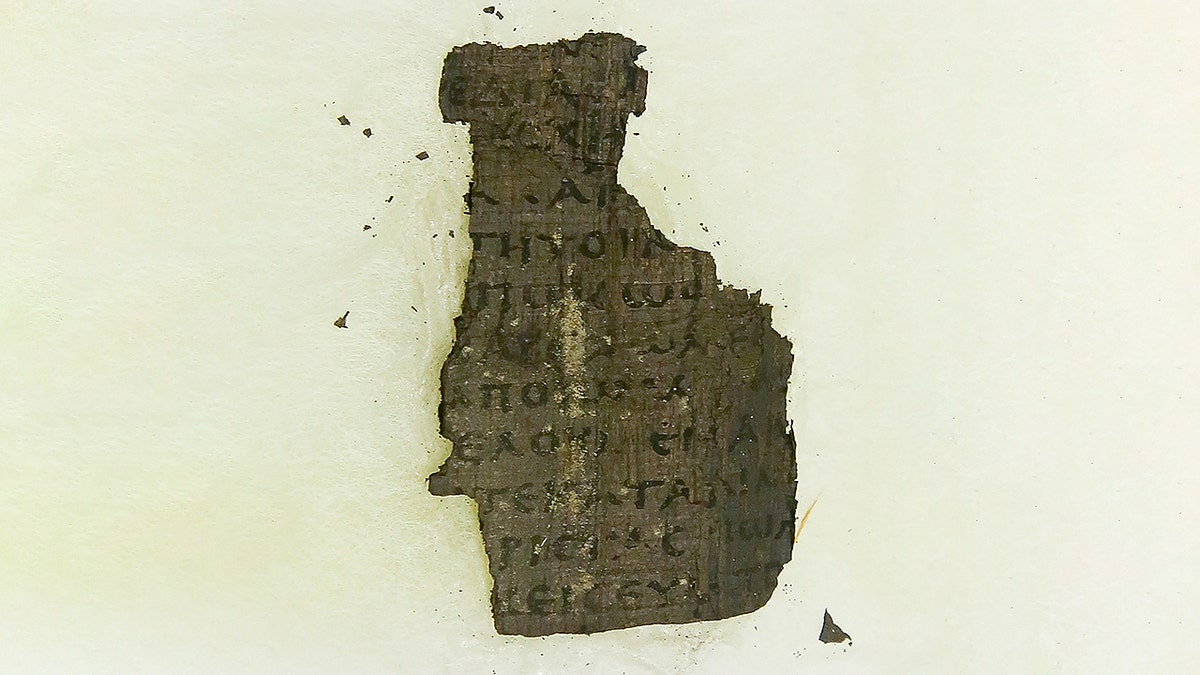Mysterious scrolls linked to Julius Caesar could be read for first time ever
This 2,000 year old scroll could be read for the first time ever. Linked to Julius Ceaser it was burned and buried before being uncovered in 1752.
A pair of 2,000-year-old Roman scrolls believed to have belonged to the family of Julius Caesar, and that were buried and charred during Vesuvius' eruption, have been virtually "unwrapped" for the first time ever.
The scrolls, known as the Herculaneum Scrolls, are too fragile to be handled by hand, so researchers needed to use the X-ray beam at Diamond Light Source, as well as a "virtual unwrapping" software to detect the carbon ink on them.
“Texts from the ancient world are rare and precious, and they simply cannot be revealed through any other known process," University of Kentucky professor Brent Seales, who led the research team, said in a statement. "The scan session at Diamond Light Source promises to be a key moment in our quest for a reliable pathway to reading the invisible library.”

(Credit: Getty)
After they were buried by the Vesuvius eruption in 79 A.D., they were discovered in 1752 "in an ancient Roman villa near the Bay of Naples," the statement added. There were six samples that were scanned at U.K.-based Diamond Light, including four fragments that are used to train the algorithm.
Researchers hope that the algorithm will eventually be able to figure out what is written on the scrolls, which are housed at the Institut de France.
“With Diamond Light Source, we get such a high resolution within the object that we can then detect changes in the microscopic structure of the papyrus it was written on and therefore are able to reconstruct where the writing happened on that scroll," researcher Jens Dopke said.
GRUESOME POMPEII DISCOVERY: ANCIENT CITY REVEALS GRISLY SECRET

A fragment of Herculaneum scroll. Researchers have been using the UK's national synchrotron science facility, Diamond Light Source, to examine fragments of 2,000 year-old of Herculaneum scroll, owned by the Institut de France, in the hope of using the high energy X-ray beamline to decode the fragments of scrolls. (Credit: GEOFF CADDICK/AFP via Getty Images)
Seales added that the researchers "do not expect to immediately see the text from the upcoming scans, but they will provide the crucial building blocks for enabling that visualization."
Thomas Connolley, the principal scientist at Beamline, said that this is the first time an intact scroll has been scanned in such detail and is anxious to see the results.
"We are very excited to work with the research team, playing our part in what we hope will be a major step forward in unlocking the secrets that the scrolls contain," Connolley said.




















